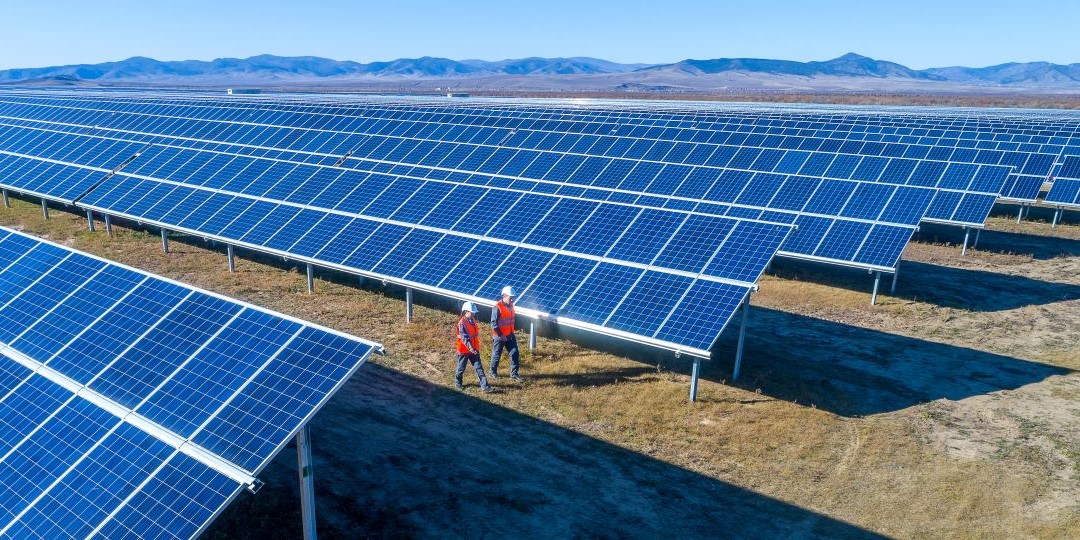By John Branch, NERC Power Market Compliance Services Specialist
Over the past decade natural gas has been crowned king in the energy industry. However, renewable energy has made great leaps and bounds to solidify a position in the energy space. With the constant fluctuating of natural gas prices and coal becoming more expensive, is it finally time for renewables to take over the top spot and dethrone natural gas as king?
Coal and nuclear plants were the dominate force in the energy industry in the 1990’s and early 2000’s. Coal is getting rare, expensive and harmful for the environment and pollutes the air. Due to these issues natural gas began taking over as the number one fuel source. Gas was also less than coal and was better for the environment by reducing carbon emissions.
Solar energy is a renewable source of energy that will not get exhausted over time or extensive use. On the other hand, fossil fuels, including coal, petroleum, and natural gas, are non-renewable sources of energy that take millions of years to replenish themselves. Solar energy is reliable and readily available but is not as efficient as fossil fuels. But it is a safer and reliable energy resource that does not waste its energy. Even if 80% of solar energy is unused, it is more than capable of enhancing the brightness of the place. Also, solar panels are much more efficient today than it was in the past. The innovation of photovoltaic technology allows solar panels to collect solar energy from the sun even during dark and cloudy days. The efficiency will be only a little lower than in normal weather conditions. Hence, you will pay less for electricity than fossil fuels, even in bad weather. If the technology continues to progress, it will improve the efficiency of the solar panels in the future which will reduce cost and increasing the demand for solar energy.
The initial cost of solar energy (solar panels) appeared extremely high which was a deterrent for potential residential and commercial customers. However, technological innovations and improvements has also led to a significant decrease in price. The cost of solar energy has decreased by 73% over the last ten years.
Utilities all over the country are promoting their growing use of renewable energy like hydroelectric dams, wind turbines and solar panels, which collectively provided more power than coal-fired power plants for the first-time last year. But even as they add more green sources of power, the industry remains extremely dependent on natural gas, a fossil fuel that emits greenhouse gases and is likely to remain a cornerstone of the electric grid for years or even decades.
Utilities maintain that they need to keep using natural gas because currently the wind and the sun are too unreliable. They are also reluctant to invest in energy storage, arguing that it would cost too much to buy batteries that can power the grid when there isn’t enough sunlight.
Solar energy has a long way to go before it becomes the most popular source of renewable energy and be a dominant force in the industry. However, the desire to decrease the carbon footprint will enhance its popularity and demand over the years.
